You must’ve heard about the seven wonders of the natural world; did you know that they are somewhat overrated? – There are more incredible places on our planet that put many a “wonders of the world” to shame. From a volcano that spills eccentric blue lava to a fountain that turns everything into stone. These “impossible” places have been perplexing scientists for ages.
Our dear Earth is a giant ball of mystery and wonder. Did you know that 95% of our oceans remain completely unexplored? Can you even begin to imagine what surprises wait us there! Such is the peculiarity of our planet.
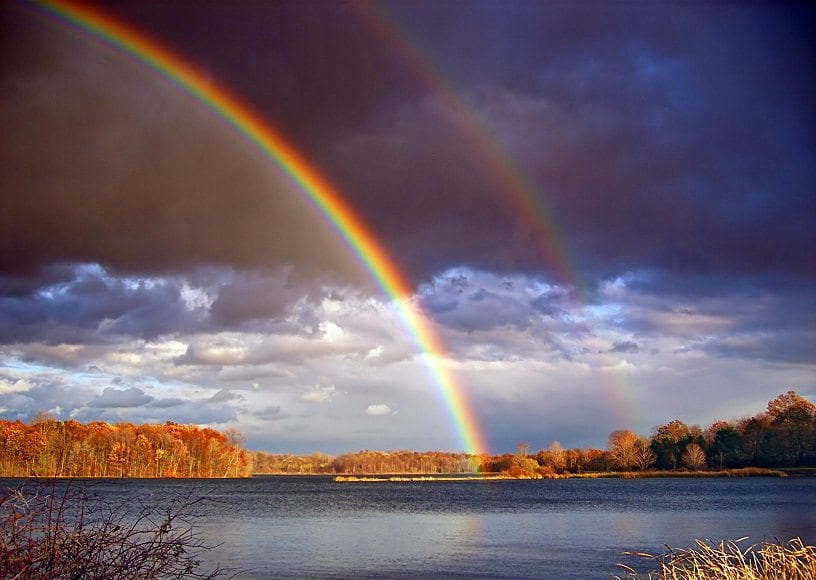
[adinserter block=”3″]
[adinserter block=”8″]
Talking about weird places, to some of us, size doesn’t matter as much as strangeness. The seven wonders of the natural world are huge in size but we bring you the places that are most certainly stranger; places that will leave you awe-struck. These places are not “strange” because they are beautiful. They are a miracle. They seem to follow laws of science that don’t exist anywhere else in the world.
And no we are not kidding, all of these places are real. Even though science suggests that it is not possible… yet it is (apparently)! So when you are planning your next holiday maybe instead of calm beaches you’d explore some of these bizarre places?
15. A water well that turns things into stone
This seems like an old story tale. There is a well in Knaresborough, North Yorkshire where water slides off a cliff. Everything and anything you put under there will turn to stone!
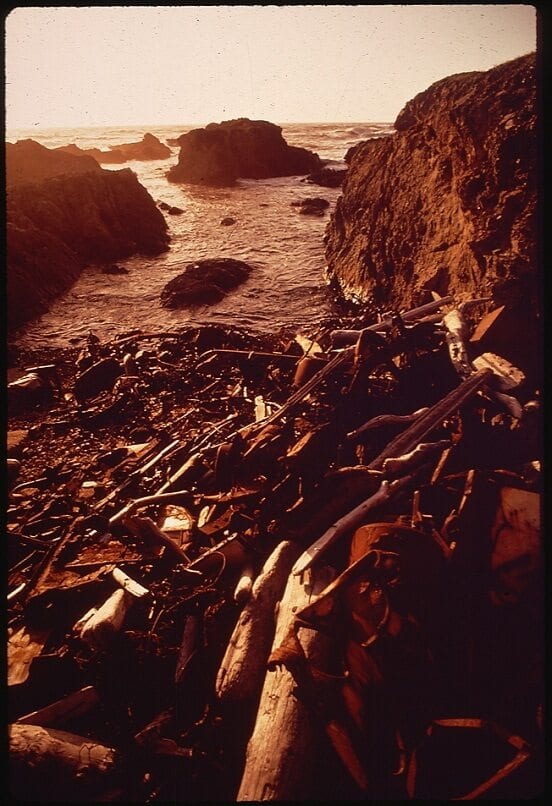
The process normally takes three to six months. People have left everything from teddy bears to bicycles and alas, everything has been turned to stone. Many people in the old times believed that the well was cursed by a witch (or something mystical). Scientists however claim that the well water contains unusually high quantity of minerals (another mystery) and that forms a solid layer of hardened mineral over any object it comes into contact with.
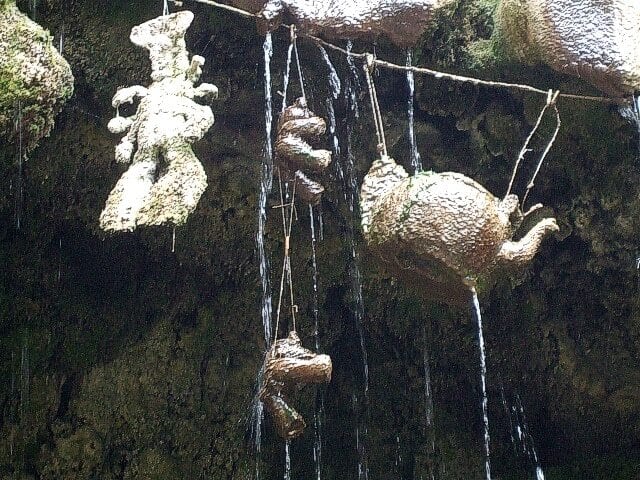
[adinserter block=”7″]
[adinserter block=”2″]
14. Grüner See: a park that “sinks” every spring
Grüner See is near Hochschwab Mountains. During winters the entire area is completely covered in snow. When the snow melts in spring, the park’s lakes get overwhelmed and the entire park sinks under water. Reason: simply because there is so much snow on the mountains.
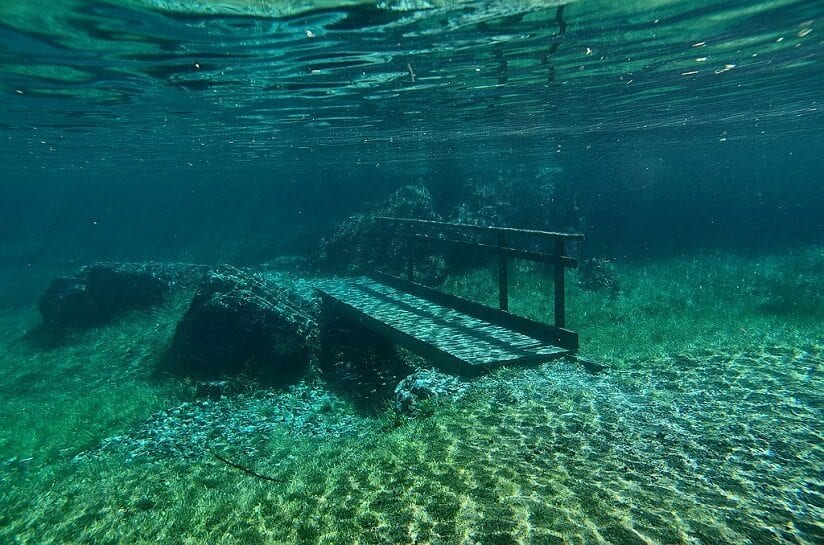
[adinserter block=”3″]
[adinserter block=”8″]
The most incredible thing is how impeccably intact the park remains underwater. If you were to dive in there you would see benches, bridges, plantation even the alpine flower intact, which is not supposed to survive under water.
Halfway through the summer, water level starts lowering and the park arises from beneath. In older cultures people used to worship such places.
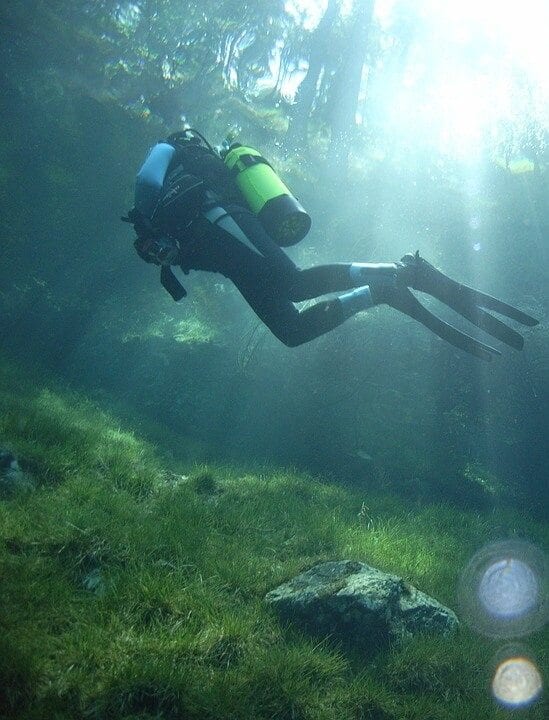
[adinserter block=”7″]
[adinserter block=”2″]
13. A tree on a tree in Casorzo
While driving around the country side of Piemonte in Italy, you may come across something strange. There is a cherry tree that looks exactly like a …well, cherry tree. Expect for the fact that it is growing on top of a perfectly healthy mulberry tree.
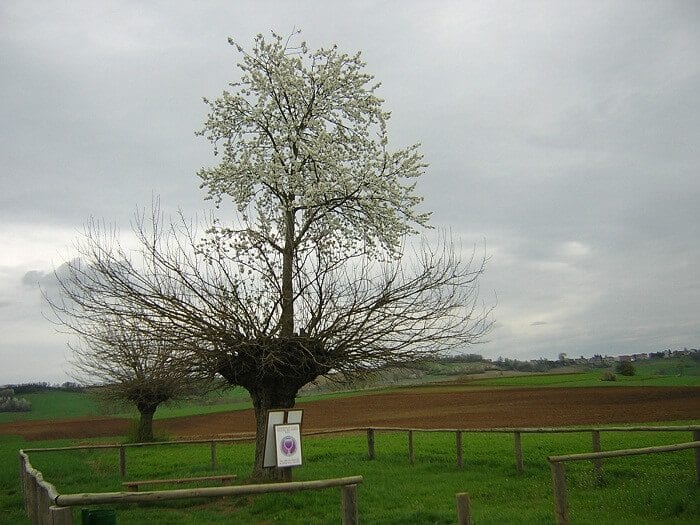
[adinserter block=”3″]
[adinserter block=”8″]
Sometimes a genetically different planation grows on a tree but normally these things are small are short-lived. But this event dubbed as The Double Tree of Casorzo is something truly unique. There are two fully formed and healthy trees, both are 5-7 meters wide; but one is growing on top of the other.
The most common hypothesis is that a bird or another animal dropped a cherry seed on mulberry tree’s hollow trunk and the phenomenon started.
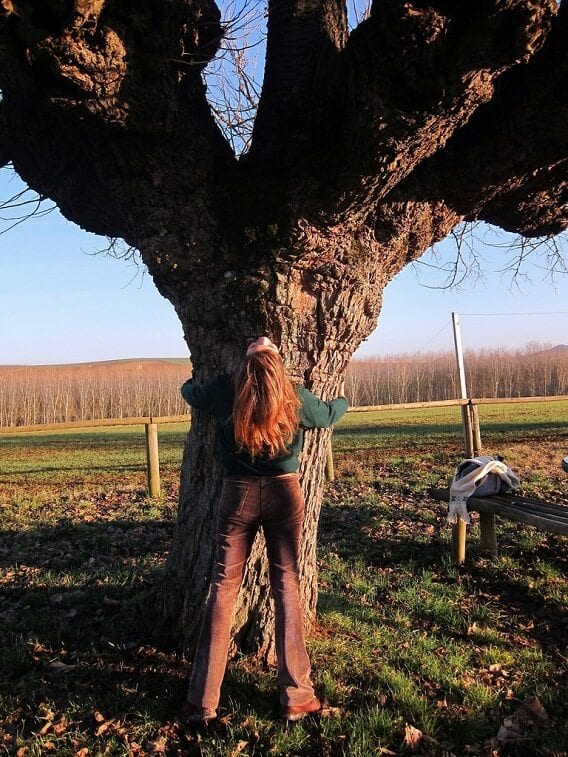
[adinserter block=”7″]
[adinserter block=”2″]
12. A colorful but never-ending lightning storm on Catatumbo River
A sea storm is both terrifying and beautiful. But Catatumbo River in Western Venezuela takes this concept to a whole new level. It hosts a storm that never stops. At precisely 7PM every night, the lightening starts crashing on the water. The storm continues for 10 hours and occurs 260 nights per year.
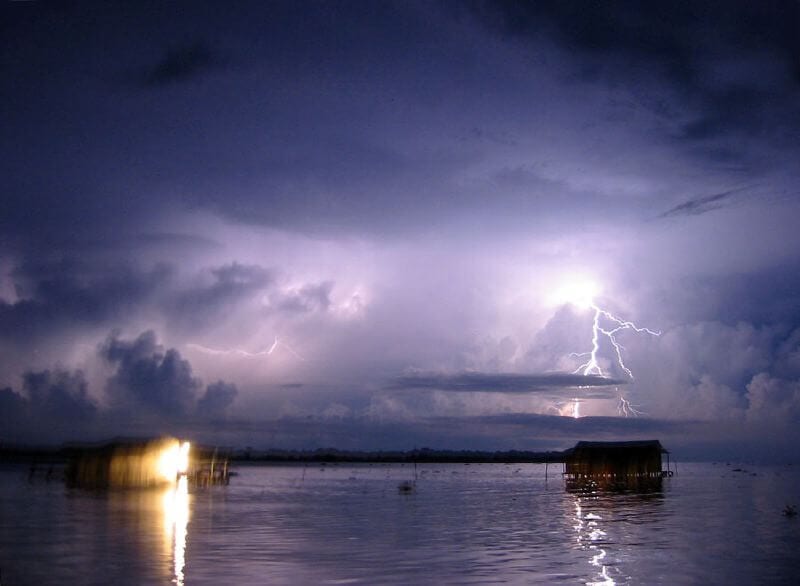
[adinserter block=”3″]
[adinserter block=”8″]
There are different theories to why it happens; the most common one being the presence of uranium in the bedrock. The theory is a complicated one and not accepted by all scientists. It says that the shape of the mountains cause warm winds to collide with cold air from Andes. The water is evaporating below and there is a methane presence from a nearby oil field – all of these factors contribute.
But that is just a theory, no one knows for certainty why it happens. In 2010, the storm mysteriously stopped, the skies went clear and everything was calm for about 6 weeks. Then it raged again and has been continuing ever since.
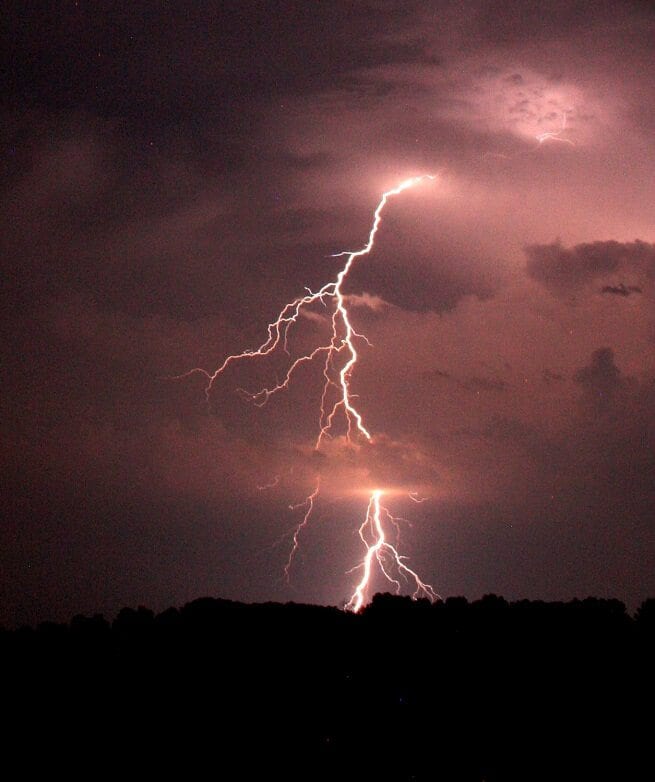
[adinserter block=”7″]
[adinserter block=”2″]
11. The color changing lake on Hokkaido Island
On the Hokkaido Island in Japan, there lies a spectacular lake. The lake is serene and the water is electric blue. But hold on, as soon as you change your angles of viewing the water changes color; it is dull green now. This continuously happens on the lake, even more when the seasons are changing. The lake shifts its water coloring from blue to green, back and forth.
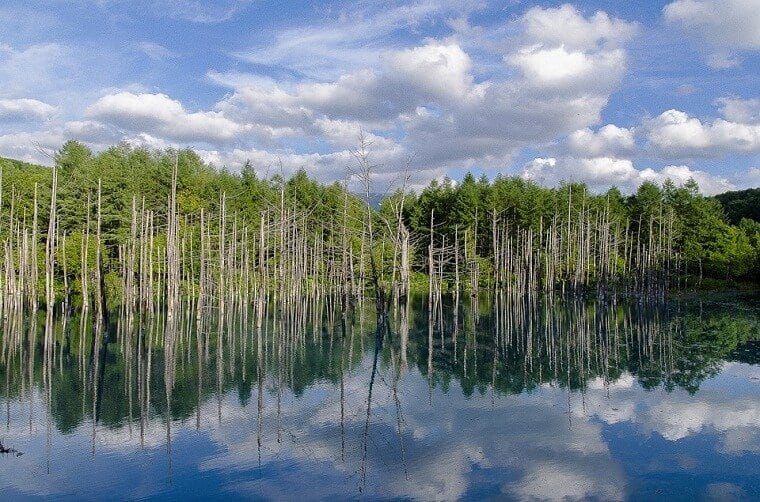
[adinserter block=”3″]
[adinserter block=”8″]
Remarkably the lake is man-made. The locals created a dam nearby and set up an artificial lake where the water blocked by the dam would gather. Imagine their surprise when the water changed its color dramatically in a matter of seconds.
Scientists claim that this phenomena is caused by the presence of aluminum hydroxide particles that come into contact with the water.

[adinserter block=”7″]
[adinserter block=”2″]
10. The Singing Rocks of Pennsylvania
On a hill in Pennsylvania, there is a field that contains rocks. Nobody knows where they came from and how they ended up there. There is no higher mountain or cliff nearby ruling out the possibility that they could’ve fallen through landslide.
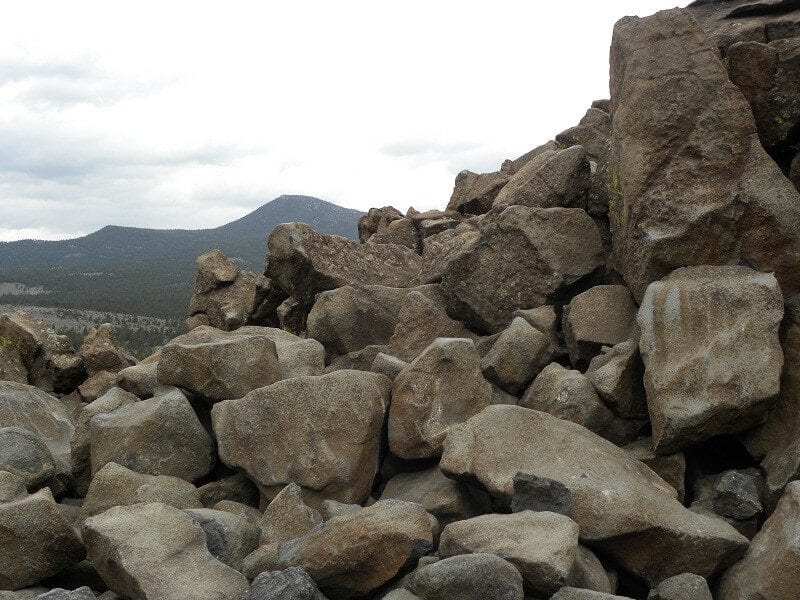
[adinserter block=”3″]
[adinserter block=”8″]
But that’s not even the strangest part. When you strike any of these rocks, they made a sound… yes, a musical sound! Investigators have revealed that the rocks are making these sounds on their own. When a single rock is hit, it lets out a tone that cannot be heard by human ears. But when you put two rocks near each other and strike them, their tones interact and we can actually hear them.
These rocks have also encouraged alien enthusiasts who believe that these are not from our world. Either they come from an alien planet or they are debris of an alien spaceship.
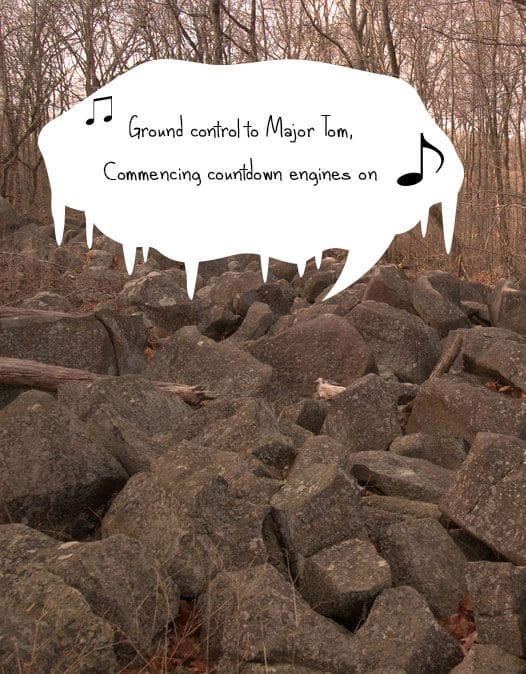
[adinserter block=”7″]
[adinserter block=”2″]
9. The Hessdalen Valley lights
Residents of Hessdalen Valley, Norway are continually living in a realm of a great scientific mystery. Almost every night lights appear in the sky. They are of bright colors, they dance around, shift shapes, flash unmistakably and disappear – only to appear next day during the night. This has been going on for four decades, at least. Scientists are perplexed by this mystery. There are theories though, but none seems to be good enough.
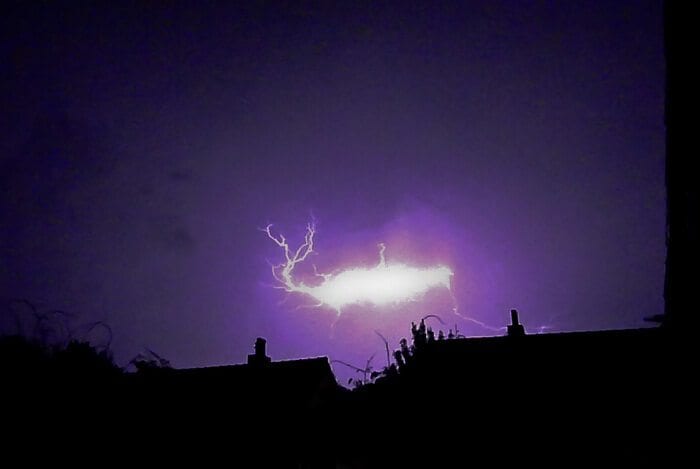
[adinserter block=”3″]
[adinserter block=”8″]
One theory suggests that the lake is radioactive. The radon rides dust particles and upon elevations it decays and produces lights. Another theory suggests that the base of the valley is full of Sulfuric Acid. Sulfur reacts to the water and produces what scientists call “sparks”. Hundreds of tests have been performed to pinpoint the exact cause but to no avail.
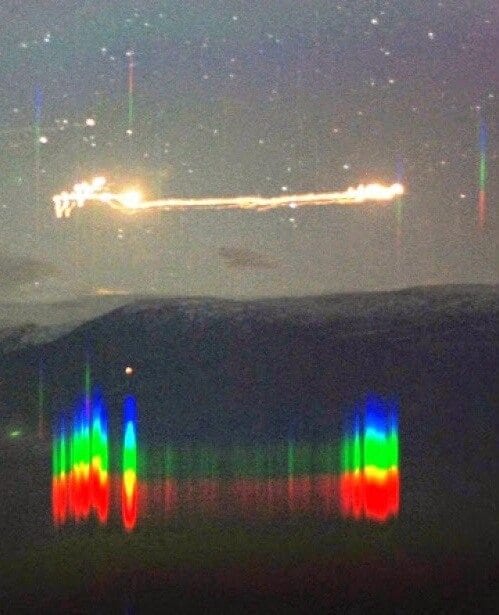
[adinserter block=”7″]
[adinserter block=”2″]
8. The boiling river of Shanay-Timpishka
In the amazon lies a calm river that is distressfully frightening. Shanay-Timpishka is so hot that it can boil you alive. The temperature gets as high as 91C (196F) and scientists are not sure why. Normally hot rivers and lakes are fed by volcanos, but this one is more than 700 kilometers away from the nearest volcano!
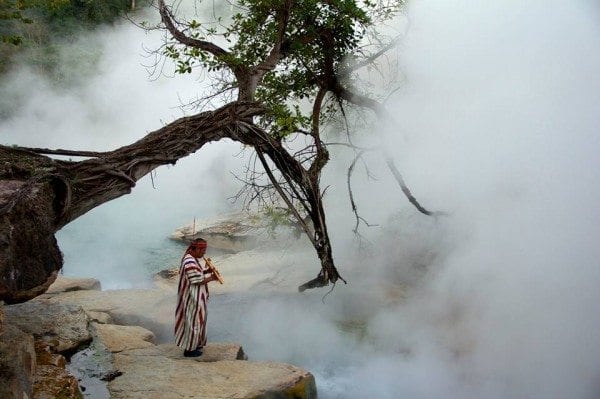
[adinserter block=”3″]
[adinserter block=”8″]
When an animal steps into the water mistakenly, it is boiled immediately. Eyes of the animals melt in the skull. Before animal get swim to safety, the water fills his body and his lung, cooking him up from inside. It is a really bad river to slip and fell into.
The most plausible theory states that heat from earth’s core escapes through thin cracks and lines. The heat reaches the river and the water heats up. However, there is no explanation as to how such a thing can even happen.
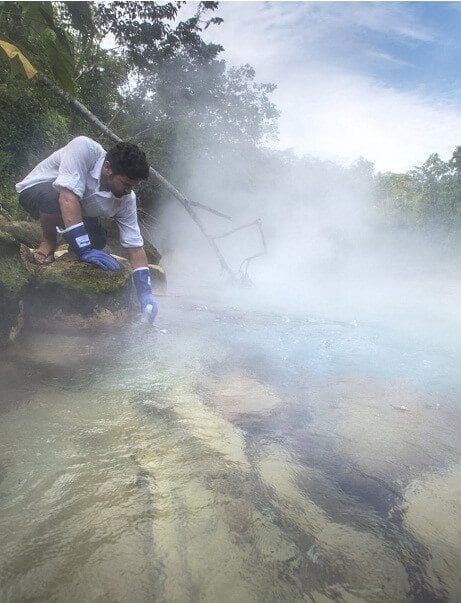
[adinserter block=”7″]
[adinserter block=”2″]
7. Movile “the sulfuric” Cave
In Romania, there is a cave that hasn’t seen a ray of light in 5.5 million years. The result: it has a completely different atmosphere from earth. The cave was accidently discovered by workers of a power plant company. They were looking for an isolated area to setup camp when they accidently opened the bizarre and dreadful pathway.
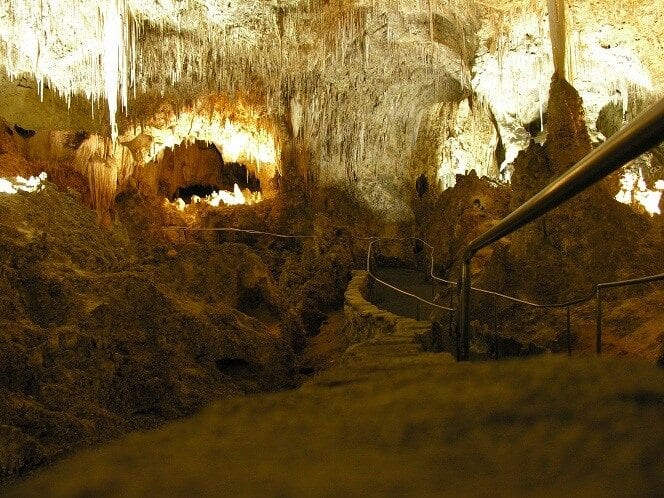
[adinserter block=”3″]
[adinserter block=”8″]
The cave has a lake of sulfuric acid. The air is unbelievably toxic and filled with hydrogen sulfide. The existence of the cave is not the strangest part. The most wonderful thing about the cave is what exists inside it. Researchers have found no less than 33 species living inside the cave. These are new species and do not (and perhaps cannot) exist anywhere in the world. They feed off the foam found on stones, hence adapting to live in a sulfuric atmosphere.

[adinserter block=”7″]
[adinserter block=”2″]
6. Lake Karachy, a radioactive hell
Soviet Union had many nuclear factories and most of them were ill-planned and unsafe. Inside one such factory there is a lake. The lake’s water has more radioactive material than anywhere else on earth. Lake Karachy is so radioactive that you will die within an hour if you stand near it.
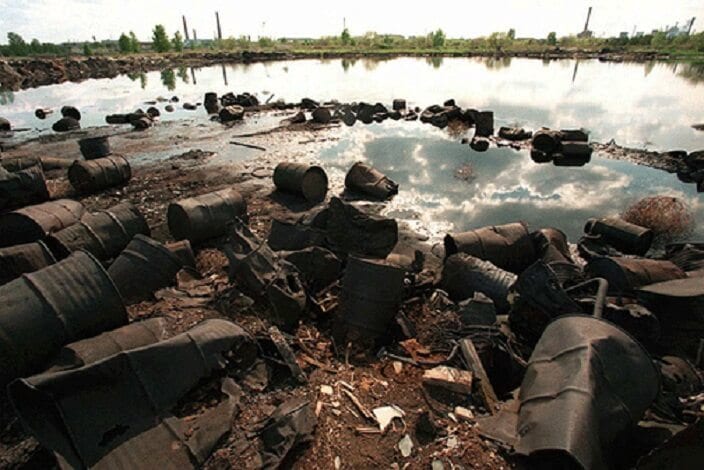
[adinserter block=”3″]
[adinserter block=”8″]
Soviets dumped nuclear waste into the lake. Their nuclear practices has caused a few problems with the lake in the past. In 1957, an explosion blew the factory apart and the radioactive particles spread more than 23,000 kilometers. The area is more radioactive than Chernobyl.
The lake has been covered with concrete to keep these disasters from happening. Still the entire place is eerily unstable and massively radioactive.
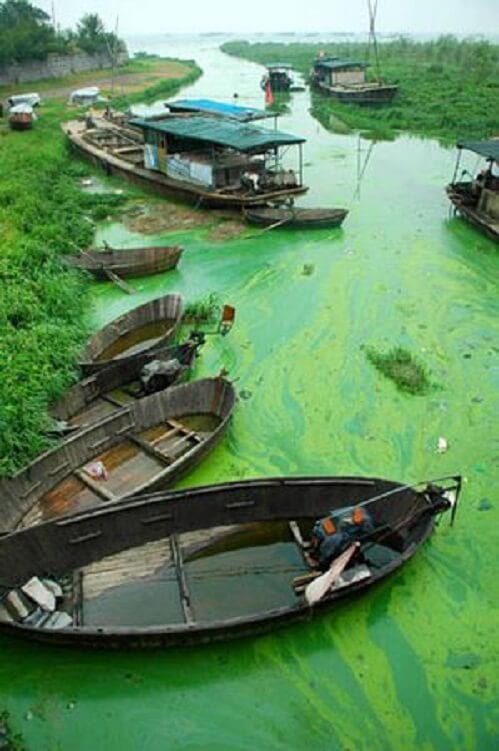
[adinserter block=”7″]
[adinserter block=”2″]
5. The sleeping city of Kalachi
City of Kalachi, Kazakhstan is not Disney’s creation. It is as real as it gets. Citizens of Kalachi face a very peculiar epidemic. People just collapse into naps randomly, even while walking on the road. They also report memory loss, fatigue and hallucinations. The epidemic effects people from all genders and ages. Kazakhstan has even recommended evacuations. But they are no closer to solving the problem.
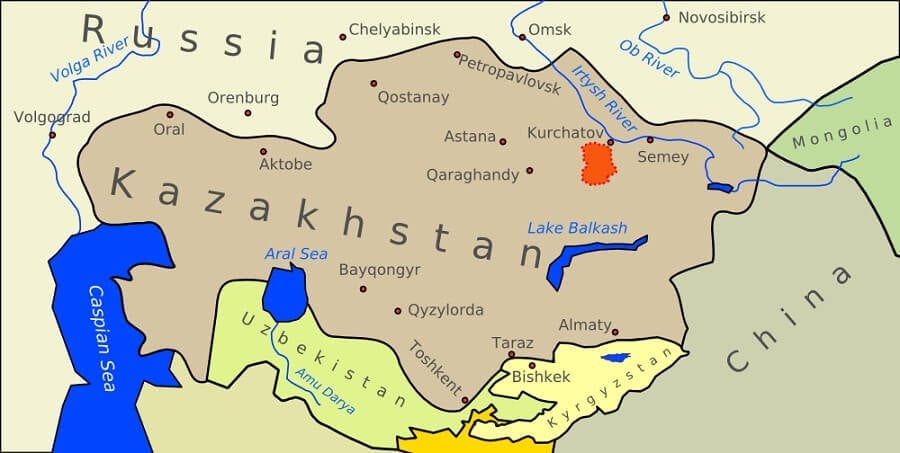
[adinserter block=”3″]
[adinserter block=”8″]
One theory suggests that the residents are facing some kind of radiation poisoning since the area is near uranium mine. However there are flaws in the theory. All the blood tests and other monitoring has turned up zero evidence. Secondly, there is a town which is closer to the mine than Kalachi and they have reported no such epidemic.

[adinserter block=”7″]
[adinserter block=”2″]
4. Circles of Namibia
There is an ecological mystery sitting throughout Namibian deserts. There are fields of grass with circles carved in them at regular intervals. The circles are almost perfectly created and can range from 10 to 65 feet in diameter (PS, if you are thinking of the movie The Signs, you are not alone). Forget explaining the circles, scientists are not even sure of the more basic questions, such as; why are there circles? Why not any random shape?
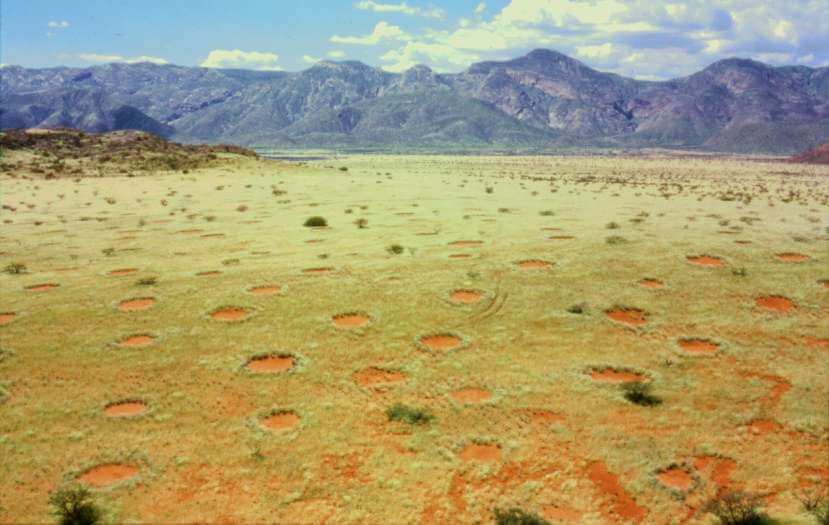
[adinserter block=”3″]
[adinserter block=”8″]
Nothing grows in these circle patches. Scientists have come up with various theories and all have been debunked almost immediately. In 2013, Norbert Juergens an environmental scientists said that termites were the cause of the circles. But in 2015, biologist Walter Tschinkel tested the hypothesis and disproved it.
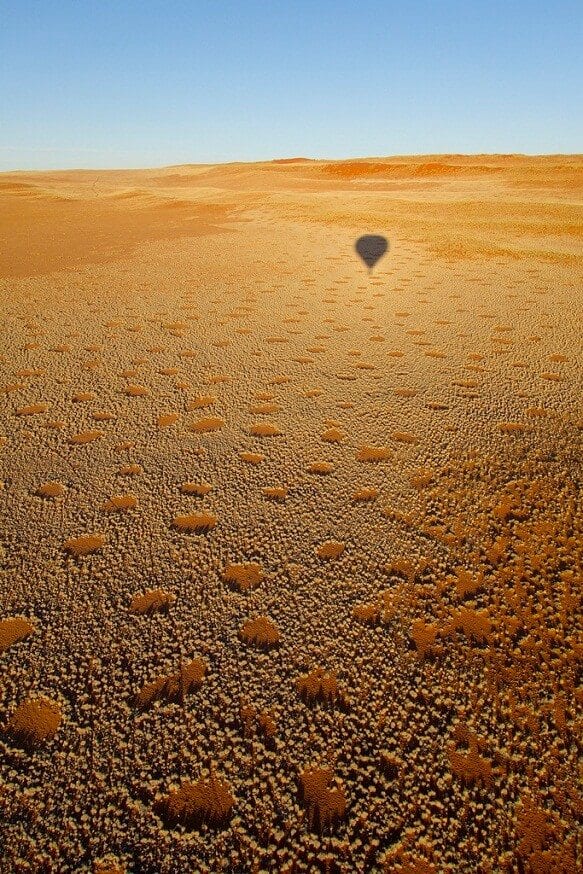
[adinserter block=”7″]
[adinserter block=”2″]
3. The hum of the Taos
A barely audible buzzing sound that you cannot pinpoint can infuriate you. We have all been there when a distant lawnmower or our TV starts making a buzz and unless and until we don’t find where it’s coming from, it feels like our brain is eating itself from the inside. Now imagine the pain and frustration of residents of Taos in New Mexico.
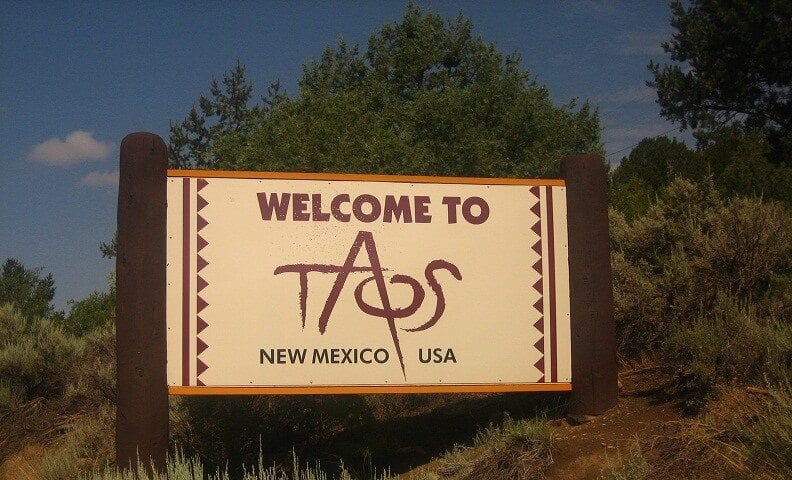
[adinserter block=”3″]
[adinserter block=”8″]
Since the early 1990s, large numbers of residents of Taos have complained about a constant humming sound. It can be heard all around the town and has driven people nuts. For 20 years various investigators have tried to locate the hum, but to no success. Some scientist have hypothesized that town’s residents are “super-hearers”, who can detect sound that ordinary humans cannot. But doesn’t that raise more questions than it answers?
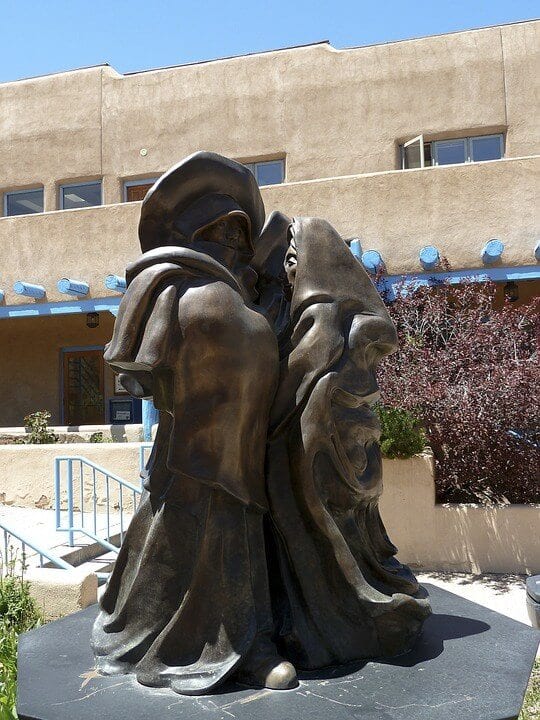
[adinserter block=”7″]
[adinserter block=”2″]
2. The Devil’s Kettle in Minnesota
As far as natural mysteries go, the Devil’s Kettle in Minnesota is one of the most intriguing one. At a particular point along the Brule River, the river’s water splits into two. One split continues its course on to the Lake Superior and the other split, well, we have no clue where it goes! Scientists know it has to end up somewhere but we don’t know where that is.

[adinserter block=”3″]
[adinserter block=”8″]
Scientists first tried putting dye into the Kettle and waited to see which part of the lake turns up colors. It was a futile effort, nothing turned up. Next they decided to try it with Ping Pong balls, they also vanish without a trace – what the hell is going on?! We all know that laws of science dictate that the water has to turn up somewhere. Even if it is being stored underground, there should be markings and it should be traceable. Aliens, parallel universe, glitch in our programming, some Mayan trick? – Your guess is as good as mine.
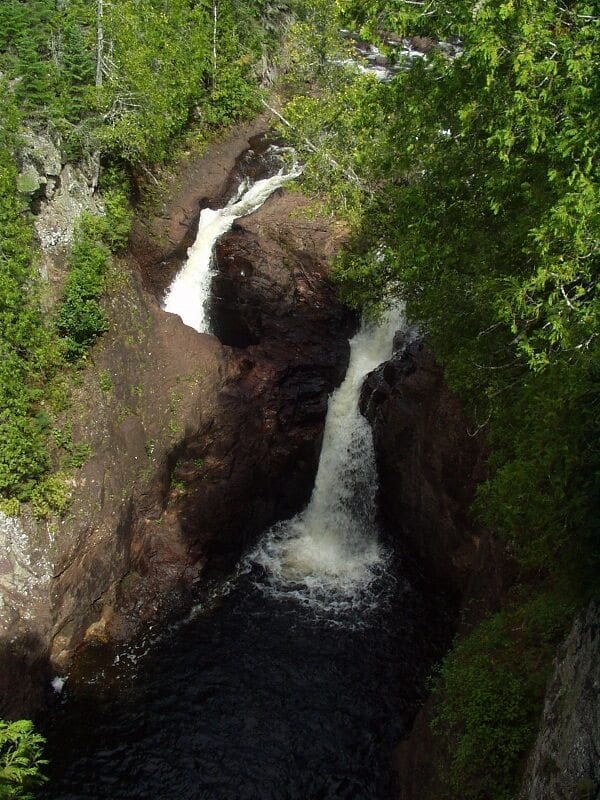
[adinserter block=”7″]
[adinserter block=”2″]
1. Kawah Ijen, the volcano with blue lava
Saving best for the last, we present you with Kawah Ijen, a volcano that spits out distinctly blue lava. There is a sulfur mine built in volcano. The blue lava isn’t actually lava; it is sulfur.
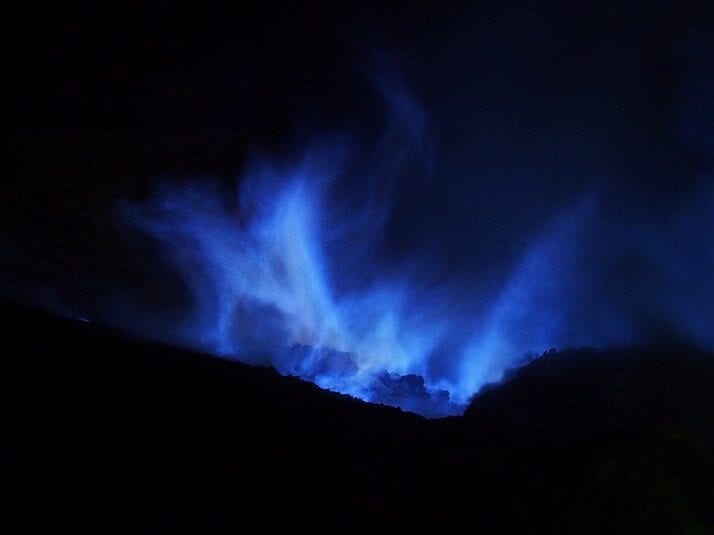
[adinserter block=”3″]
[adinserter block=”8″]
The sulfuric gases inside the volcano heat up and they shoot through. At first blue flames rise about 5 meters in the air. The gases then cool down and form a liquid sulfur. The liquid sulfur is a majestic looking blue liquid flowing like a lava from the volcano.
The air is toxic and you need gas masks to work in the mine or wander around it. This hasn’t happened anywhere else in the world. It is a truly unique and marvelous spectacle.
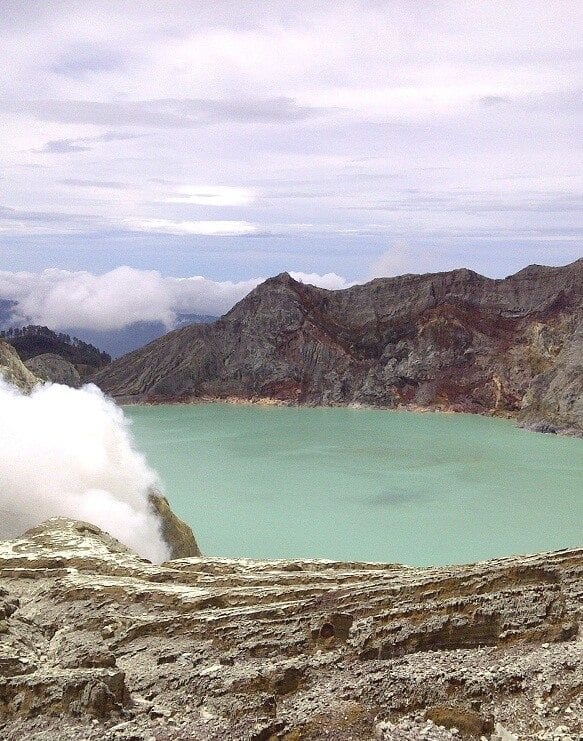
[adinserter block=”7″]
[adinserter block=”2″]